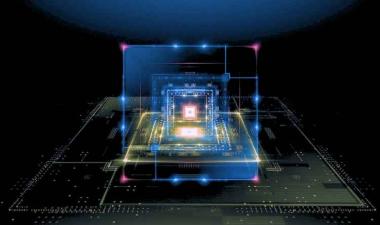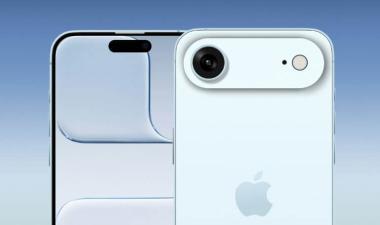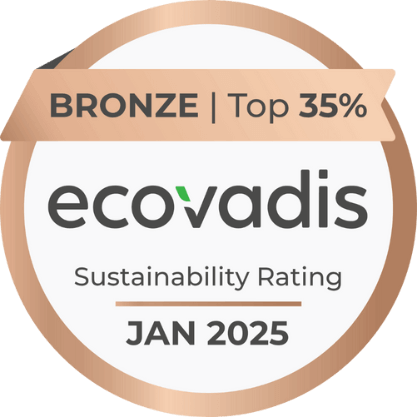The Chip Insider®– Substrate X-Ray Lithography
Author: G. Dan Hutcheson
5 Min Read November 5, 2025

Substrate X-Ray Lithography: You can’t make this stuff up: A widely unknown start-up in stealth mode with no product for sale gets jaw-dropping coverage in the Wall Street Journal and New York Times. Its CEO, James Proud, is promising to lower foundry wafer costs dramatically, bring chip manufacturing back to the United States, beat back China, while upending the existing industry infrastructure by unseating ASML and TSMC…
The key fact behind the news stories is that Substrate has nailed down $100M in funding, putting it at a $1B valuation, which was about one-two-thousandth the combined value of ASML and TSMC yesterday. The money comes from Peter Thiel’s Founder’s Fund, General Catalyst, In-Q-Tel, and MITMCo. Notably, In-Q-Tel funds technology related to national security, and MITMCo is an MIT fund, which harkens back to Hank Smith’s X-ray work at MIT dating back to the early 70s. Backing this were comments from industry experts who told me, “They definitely have something,” and “it’s interesting”… Substrate’s X-ray technology consists of using a particle accelerator, a technology created before WWII, to build a light source of either hard or soft X-rays. As they describe it… This is very similar to the hard X-ray lithography demonstrated by IBM in the early 90s… X-ray lithography is not new and unexplored. My dad was printing 1-micron lines with X-ray in the early 60s … Gordon Moore mentioned … X-ray … in his seminal 1965 ‘Moore’s Law’ article.
So why did X-ray lithography fail if it was already working? The reasons are complex, yet practical and simple… Soft X-ray with 13.5nm wavelengths eventually won out over hard X-ray because it solved all these problems. This would become known as EUV, a marketing term created by TI’s Gene Fuller … to sell their management … I first became involved with it in 1988, predicting it would become the eventual NGL. It took 29 years for EUV to displace DUV in cutting-edge fabs… As for the claims about being able to be a vertically integrated foundry to displace TSMC, they have developed part of a process step among thousands. If they can pull this off, it truly will be magical, demonstrating real superpowers.
There is also the problem of industry inertia for them to overcome. The tool sets… are in place. These are Lo-NA EUV tools. Hi-NA tools are committed to and on the way with processes mostly locked down. The next window for insertion into production is 2030. For that to happen, early production tools need to be shipping to fabs now. Anything is possible. I’ll let the reader evaluate for themselves if they believe this is possible.
"Those that fail to learn from history are doomed to repeat it.” — Winston Churchill
Access the Latest Edition of the Chip Insider
Stay ahead of evolving trends with data-driven insights and expert analyses of the semiconductor industry.









